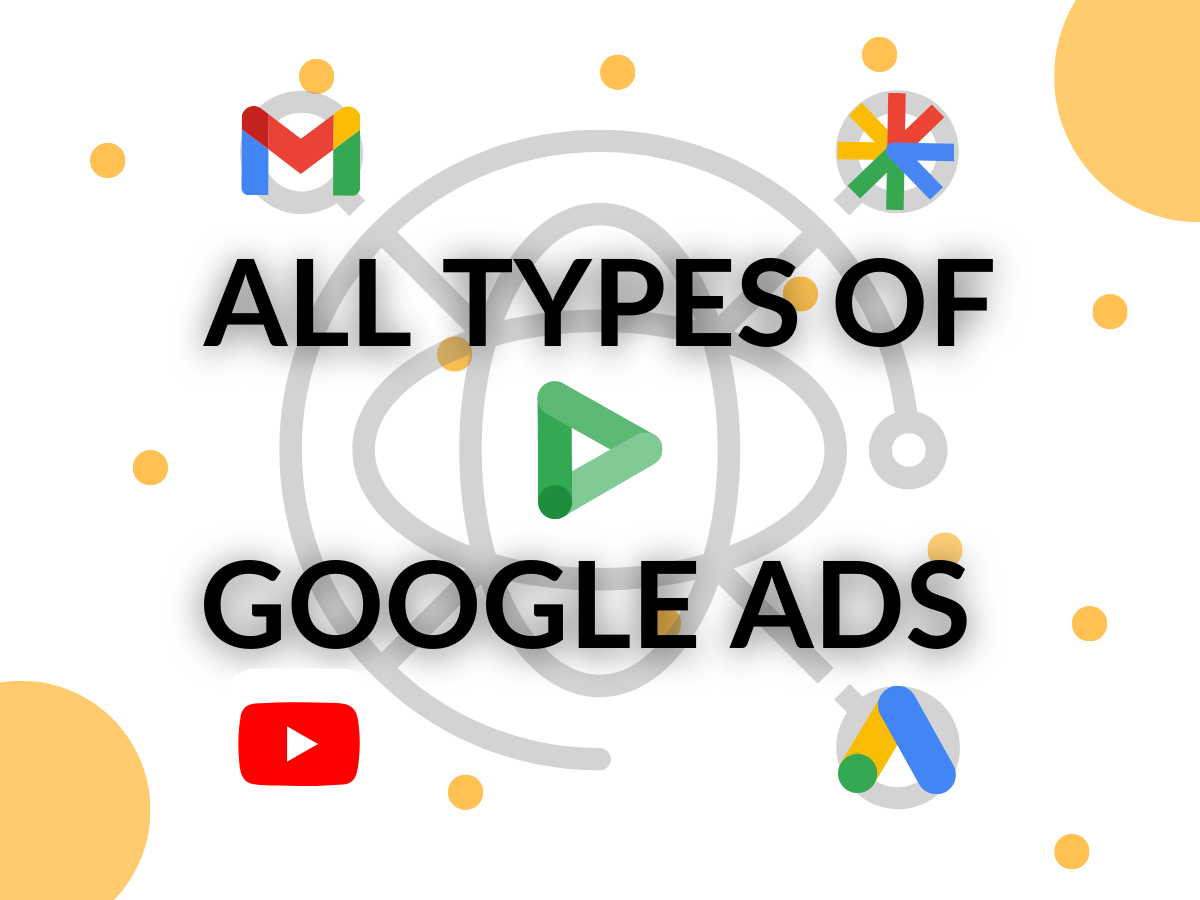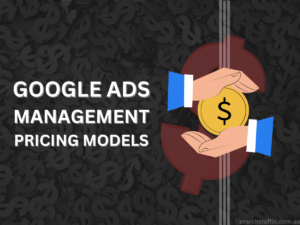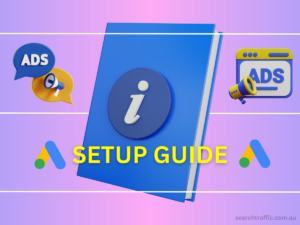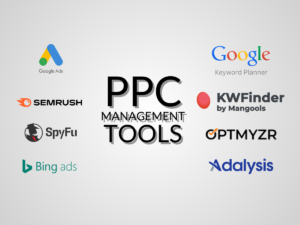Table of Contents
Introduction
Google Ads provides a dynamic platform for advertisers to reach potential customers through a variety of ad formats. Each ad type is designed to meet specific marketing goals and reach audiences in different ways:
- Search Ads appear at the moment potential customers are searching for related products or services on Google, making them highly targeted and effective for immediate sales conversions.
- Display Ads are placed on a vast network of websites across the internet, allowing advertisers to catch users’ attention as they browse their favourite sites.
- Video Ads offer a rich, engaging format available on YouTube and other Google partner websites, ideal for building brand stories and engaging with users who prefer video content.
- Shopping Ads give a direct view of product offerings within Google Search, catering to users with intent to purchase by highlighting key product information.
- Performance Max Ads leverage Google’s advanced machine learning to optimise ad performance across all Google platforms, ideal for advertisers aiming for maximum efficiency and reach.
- App Ads support app developers in driving installations with ads specifically formatted for app promotion across Google’s networks, including the Google Play Store.
- Discovery Ads create a personalized ad experience by appearing in places where users are open to discovering new products, such as on YouTube home feeds or within Gmail.
- Local Ads help brick-and-mortar businesses attract local customers by showing ads to users searching for nearby services or products.
- Smart Ads simplify the ad process using Google’s artificial intelligence to create ads that grow smarter over time, ideal for businesses seeking an easy start with online advertising.
These various ad formats allow for tailored strategies that align closely with business objectives, from boosting website visits to increasing physical store visits or app downloads.
Search
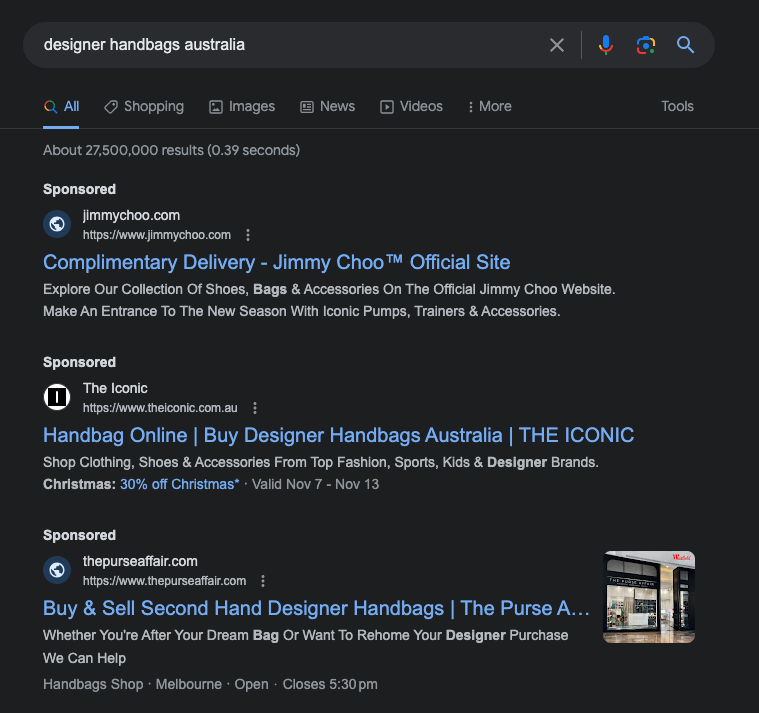
Responsive: These are the chameleons of the Google Ads world, adapting their message, size, and design to fit the user’s query and device. They are perfect for businesses that want to stay on top of the mind without having to customise ads for every possible search term.

Call-Only: With the majority of internet browsing happening on mobile devices, Call-Only ads offer a straightforward call-to-action: a phone call to your business. They are ideal for service-based industries where a conversation is the first step to conversion.
Dynamic: For businesses with extensive inventories, Dynamic Search Ads use your website’s content to target your ads, ensuring that your campaign is always as up-to-date as your website’s latest offerings.
Performance Max
Performance Max is a Google Ads campaign type that harnesses the power of Google’s artificial intelligence to optimise advertising across Google’s extensive channels, including Search, YouTube, Display, Discover, Gmail, and Maps. It allows advertisers to reach a wide audience, enhance ad performance, and gain comprehensive insights into consumer behaviour and trends, all from a single campaign setup.
The key to Performance Max’s success lies in the combination of advertiser-provided goals and creative assets with Google’s vast data on consumer interests, which guides the AI in targeting and bidding. This strategy has led to notable successes for various businesses, driving growth in conversions and reducing costs per acquisition.
Google supports advertisers new to Performance Max with expert guidance, media planning advice, and educational resources to maximise their ad campaign’s effectiveness. Performance Max is positioned as a comprehensive solution for advertisers seeking to capitalise on Google’s advertising network efficiently.


Gmail ads are interactive advertisements that appear in the Promotions and Social tabs of your Gmail inbox, allowing businesses to reach potential customers in a more personal and direct manner. They can expand into a full email-sized canvas and may include images, video, or embedded forms for user engagement.
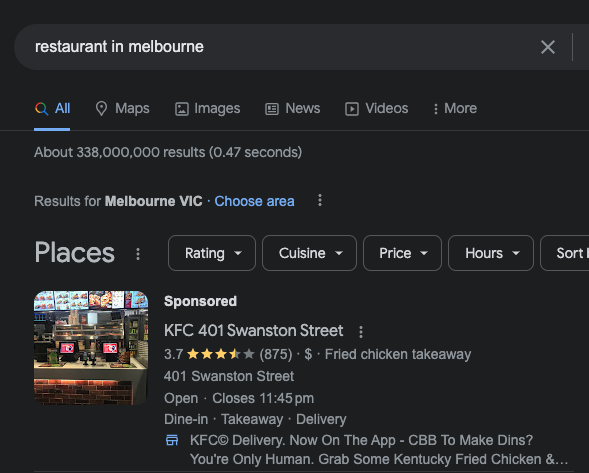
Map ads in Google Ads are a type of advertisement that appears on Google Maps when users search for a location or during their use of the map for navigation. They can take the form of promoted pins, which are enhanced business listings, in-map banners, or overlays that provide business details when a user expresses interest in a location. These ads are designed to reach users actively looking for directions or businesses in a map environment, making them highly relevant and targeted to people’s immediate navigational needs.
Display
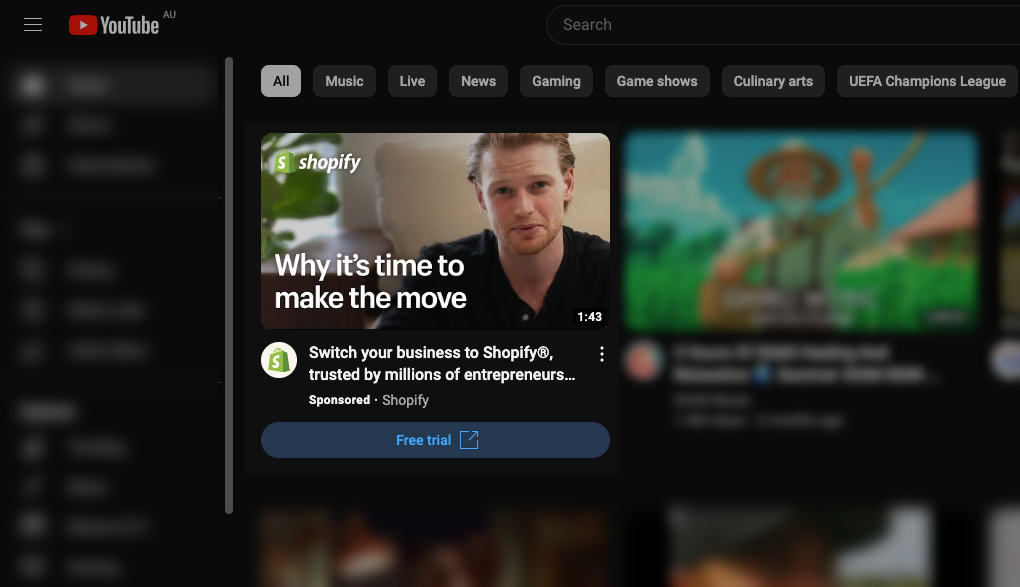
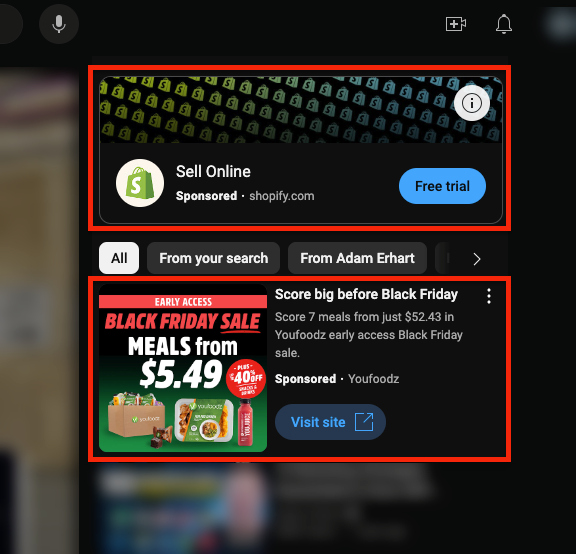
Display ads in Google Ads are a digital advertising solution for businesses to promote their offerings across the internet beyond Google Search. These ads appear when people are browsing online, watching YouTube videos, checking Gmail, or using apps and mobile devices. They enable businesses to:
- Achieve Broad Reach: By connecting with customers wherever they are online, including on various websites and Google’s own platforms like YouTube and Gmail.
- Engage with Creative Formats: Utilising Google’s AI to adapt creatives across different shapes and sizes efficiently, ensuring the ads are engaging and effective.
- Automate Campaign Management: Leveraging Google’s AI to simplify and enhance the performance of campaigns, including bid management and audience targeting.
- Amplify Performance: By running both Search and Display ads, businesses can see an increase in conversions, with data showing an 11% lift in Search ad conversions for those also using Display ads.
The process of starting a Display ad campaign involves creating the ad content, targeting the desired audience using Google’s insights, and setting a budget to pay for specific results, such as clicks or website visits. Google Ads provides tools and guidance to help advertisers set up these campaigns and meet their advertising goals.
Shopping
Shopping ads in Google Ads allow retailers to promote their products directly in Google search results and on other Google properties. These visually compelling ads display product images, titles, prices, and the store name, giving users a clear sense of what’s being offered even before they click through to a website. Here’s a comprehensive summary based on the information found on the Google Ads Shopping campaigns page:
Product Showcase: Shopping ads enable retailers to showcase their products with photos and additional information, making them stand out against standard text ads.
- Goal-Oriented Campaigns: Advertisers can set up their shopping campaigns based on specific goals, such as promoting online or local inventory, capturing qualified leads, or driving traffic to online stores or physical locations.
Campaign Optimisation: Tools and reports provided by Google Ads help advertisers understand campaign performance, allowing them to see what’s effective and make necessary adjustments to improve results.
Campaign Creation: To get started with shopping ads, retailers must upload their product information to Google Merchant Center, link their Merchant Center to Google Ads, create their advertising campaign, and set a budget with a focus on paying for actual results like clicks or views.
Shopping ads are part of Google’s retail advertising effort to make it easier for businesses to connect with consumers who are looking for their products online, whether they are at home, on the go, or in-store shopping.
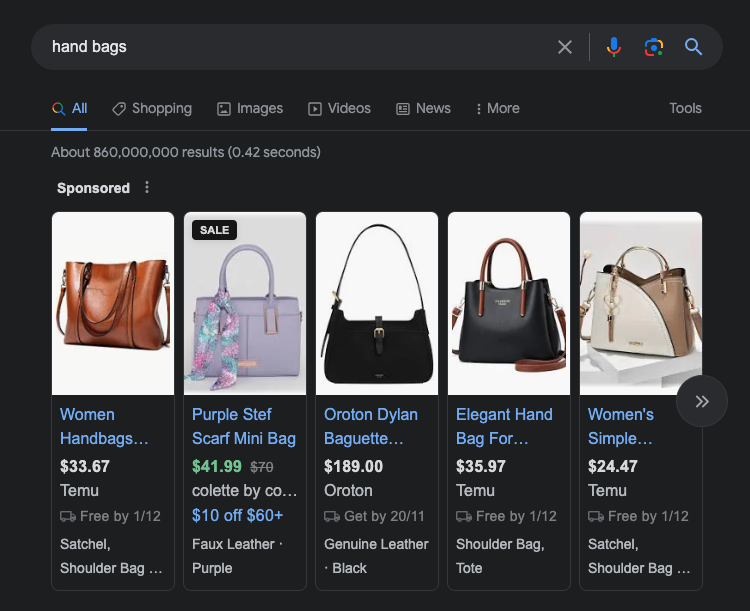
Product Shopping: These ads are like virtual storefronts, presenting users with the image, price, and merchant name directly in Google Search, eliminating the need for multiple clicks to get to the purchase decision.
Local Inventory: Connecting online browsing with offline buying, Local Inventory ads inform local customers about what’s available in stores near them, driving both online and in-store traffic.
Video

Skippable In-Stream: These ads give viewers control, allowing them to skip after five seconds, which can be a litmus test for the engaging power of your content.

Non-Skippable In-Stream: Forcing viewers to watch your ad might seem daunting, but with the right message, it’s twenty seconds of undivided attention that can translate into solid brand awareness.
In-Feed: Placed in YouTube search results, next to related videos, or on the homepage, In-Feed ads provide a subtle nudge to viewers already interested in related content.
Bumper: Bumper ads are the sprinters of the video ad world, delivering a punchy message in a brief window, making them perfect for memorability and reach.
Outstream: Designed exclusively for mobile web and app, Outstream ads extend your reach beyond YouTube, helping you meet users where they are.
Masthead: As the name suggests, Masthead ads sit at the top of YouTube’s homepage, offering unparalleled visibility and the potential for massive audience reach.
App
App ads in Google Ads are a campaign type that allows developers to promote their mobile applications across Google’s vast network, which includes Google Search, YouTube, Google Play, and the Google Display Network. Here’s how they work and how you can start using them:
Promotion Across Google’s Platforms: App ads simplify the promotion by automating ad placement across Google’s properties, helping you find the right users who are most likely to be interested in and engage with your app.
Re-engagement: The campaigns use machine learning to keep your app’s existing users engaged by re-engaging them based on their past interactions with your app, the actions you want them to take, and the creatives you provide.
Optimization with Google Analytics for Firebase: App ads can be optimized using Google Analytics for Firebase, which provides detailed reporting tools and privacy-first conversion data to enhance campaign performance.
Setting Campaign Objectives: When setting up an app campaign, you define your objectives, such as driving app installs or encouraging specific in-app actions.
Budget Flexibility: You have control over your budget, with the ability to set target bids and daily spending caps, and the flexibility to adjust these at any time.
Creative Assembly: Google helps by assembling your ad using the app information and creative assets you provide, ensuring the ad is optimized for performance across its different properties.
By using App ads, developers can leverage Google’s wide reach and advanced targeting to attract new users and maintain the engagement of their current user base. The process is designed to be straightforward and manageable, even for those with little advertising experience.
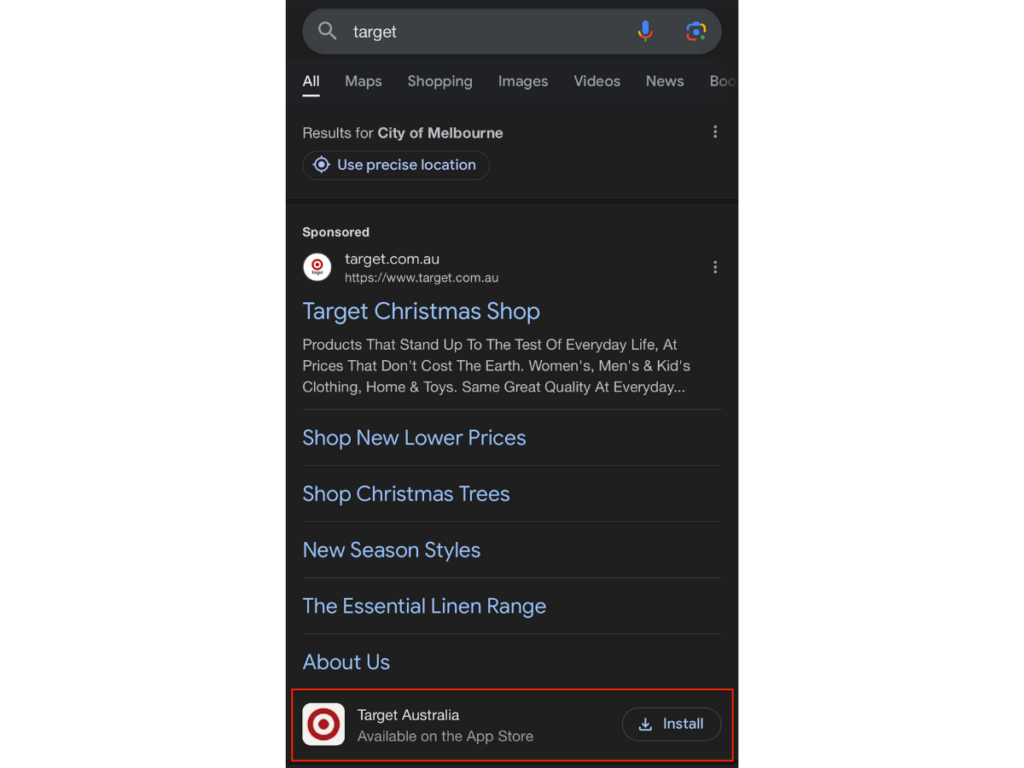
For Downloads: Tailored to prompt app installations, these ads are the push that users may need to try out your app.
For Engagement: Not just for new users, App Ads can also re-engage existing users, keeping your app top-of-mind and more actively used.
Discovery Ads
These ads are woven into the fabric of Google’s user experiences, appearing in places like the YouTube home feed, Gmail promotions tab, and the Google Discovery feed. They are the subtle art of suggestion, offering personalised content that feels less like an ad and more like a recommendation.
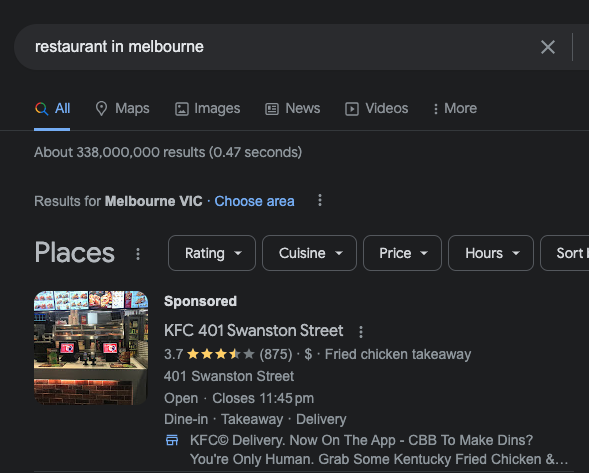
Smart
Smart Ads represent the evolution of advertising efficiency. Using AI, they optimize themselves for better performance over time, learning from user interactions to serve more effective ads.
Search Smart Ads: They adapt based on search behaviour, becoming more effective as they learn what works.
Display Smart Ads: These ads make the entire Google Display Network an opportunity for optimised, automated advertising success.
Demand Gen
Demand Gen in Google Ads is a campaign strategy that leverages Google’s platforms, including YouTube, to create multi-format advertisements that reach users across various touchpoints. It enables advertisers to craft tailored ads using formats like videos and carousels, optimised for audience interests and shopping intent.
These campaigns benefit from enhanced targeting through lookalike segments and flexible bidding strategies, aiming for higher click-through rates and lower cost per action. Demand Gen campaigns are designed to adapt to the changing ways consumers discover products, with improved reporting features for deeper creative insights and performance segmentation.

